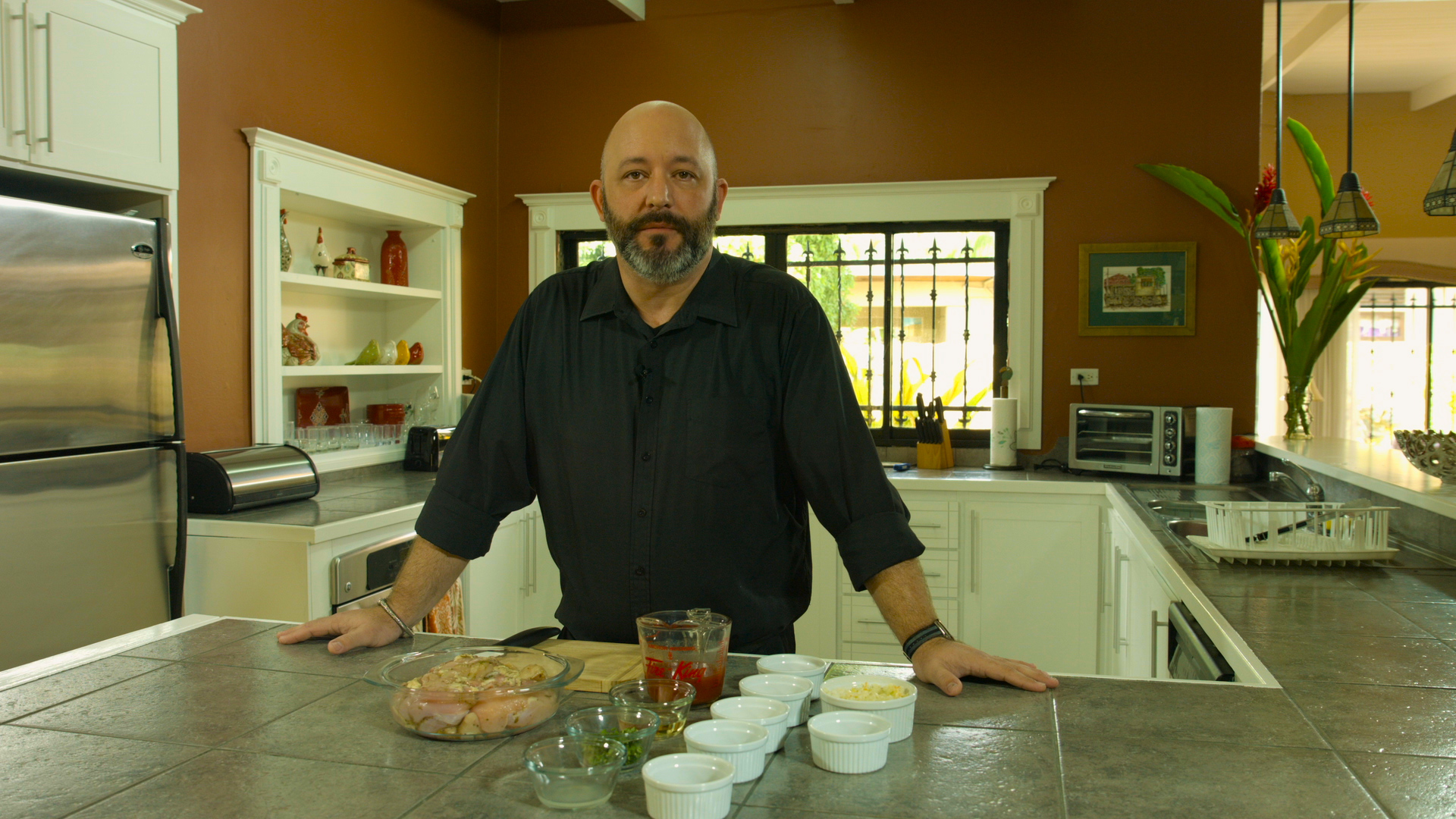 |
|
The story goes that centuries ago, the evil King Hiranyakashipu ruled the Punjab kingdom in Miltan. He proclaimed himself to be the equivalent of a God and demanded that no other be worshipped but him by everyone in the realm. Hiranyakashipu’s son Prahlada did not share this belief and reviled his father’s dictatorship. Prahlada refused to worship his father as a God and instead remained devout to Lord Vishnu. An exasperated Hiranyakashipu captured his son – torturing him day in and day out as punishment for disobeying his law. Despite torture, Prahlada refused to give up his beliefs and continued to pray to Lord Vishnu. One night, while in captivity, Prahlada’s aunt and Hiranyakashipu’s sister, Holika, convinced Prahlada to sit on a pyre with her, unknowing to Prahlada that his aunt desired to burn him alive. Holika wrapped herself in a cloak that promised to keep the fire from burning her. However, as the pyre was lit and the flames began to roar, the cloak flew off Holika and hugged Prahlada. Holika burned, her screams filling the dark night. Hiranyakashipu, upon seeing this, became only more infuriated at his son. He demanded that Prahlada be killed, but as he gave the command, Lord Vishnu appeared and killed Hiranyakashipu with a single strike – proving that no man can be God. The following morning, when the fire that surrounded Holika calmed itself, the people of Miltan - now under the rule of Prahlada - applied the ash to their skin symbolizing the victory of good over evil. The ritual became an annual event and over time coloured powder known as ‘abir’ replaced the ash previously used. The festival of Phagwa thereafter forged the spring festival that represents a new age of hope. The story of Prahlada remained prominent and echoed into the future, rippling across the seas on the Fatel Razack with its people to continue its legacy in Trinidad and Tobago from 1845 and beyond.
Though dubbed as the “Indian Carnival,” Phagwa or Holi continues to be a joyous festivity in our multi-ethnic diaspora, celebrated by Hindus and non-Hindus who all enjoy the merriment and unity the jubilee brings. It is one of the many festivals that give character to our Republic and endorse racial unity.

Christopher Joseph performing alongside Bele and Kathak dancers

Political Antics at Pichakaaree
Former generations can recall Phagwa being celebrated with persons going from house to house spraying their neighbours with the abir mix (coloured powder now bought at local puja stores, though at the time it was made at home with saffron and floral pigments that were boiled in water and left to cool). This, however, could have been deemed as a nuisance by some because not everyone took pleasure in being sprayed with abir, especially since some chose to add fig leaf bits to the abir mix when boiling it, which caused the mixture to stain. Some participants even sprayed the houses and vehicles of their neighbours, which was viewed as pure mischief. Occurrences like these caused Phagwa celebrations to be regularised at open grounds in communities across the island, banning the door to door tradition.
Though more popular in South and Central Trinidad, Phagwa is celebrated in many open-field areas across the island - each holding its own patronage. Kendra Grounds houses the festival comfortably in “Hindu Prachar Kendra,” drawing a crowd of both young and old. Located in Raghunanan Road, Enterprise, Chaguanas, the revelries commence just after lunch and showcase not only abir-wars but also cultural competitions. It is held on the last day of a three day festival– beginning on a Friday night in March with the re-enactment of the burning of a Holika statue two nights before in the “Holika Dahan Drama.” 
Political Antics at Pichakaaree

Political Antics at Pichakaaree
Under clear blue skies, patrons fill the arena accoutred in white the Sunday after the “Holika Dahan Drama.” The abir mix is then pumped into a pichakaaree (a homemade apparatus built with PVC and used to spray the abir mix) from large kegs formerly used to store oil. The mixture is then sprayed unto participants, painting the white clothing of the warriors in this battle of colours. While some use the abir mixture and pichikaree, others simply sprinkle the virgin powder from packets – attaining their sweet, innocent revenge. Red, blue, green, yellow, purple, pink and even black – the array of colours to behold is far greater than any rainbow created by drizzle and sun. The experience of Phagwa can be called nothing other than magical. Seeing elderly persons fill themselves with the spirit of a child once again as they smear the people standing next to them with a little more colour is indeed a sight to behold.


Phagwa Participants with pichakaaree in hand

Indian circle dance during “Rang Bharase”

Patrons enjoying Pichakaree performance
Though traditionally pichakaaree can be formally used to describe the instrument that sprays out the abir, “Hindu Prachar Kendra” has claimed the name to bear the appellation of an annual ex-tempo like competition. Just as the abir is vehemently but joyously sprayed, original compositions are belched out from singers who are vying for thousand-dollar prices. Like extempo competitions, politics is ventured into bravely and without regret or censorship, bringing significant points to the forefront. Both the government and opposition are chastised, proving that we as a people want better and will not settle for mediocre leadership. The “Pichakaaree” competition proves to be a base for creative expression – co-ordinating the theatrics of Phagwa celebrations.
The “Pichakaaree” and abir-spraying ritual is halted briefly for the “Makhan Chor” competition. In this competition, a clay pot with flags is tied to a post 18 feet high and three groups of men vow to get one of the flags down in less than a minute– not only to win the thousand dollar prize, but to prove who is better than who in this test of virility. Group by group, they each form a human pyramid climbing on the backs of the men on their team. The record for “Makhan Chor” remains 9 seconds in a time when the clay pot with flags was tied at 20 feet high.
“Rang Bharase” is also celebrated in the annual festival. As the Phagwa Anthem “Rang Bharase Bheege Chunar Wali Rang Bharase” is sung live on stage, patrons in the arena form a circle, beginning with two persons then expanding to around forty, as participants widen the circle one by one, dipping and clapping as they circle. While this Indian folk dance is performed to chowtals (festive Hindu songs), two girls pair up in the middle of the ring to perform Kikkli, whereby the girls hold on to each other’s hands spinning at a high velocity, dare not letting go of the other person.

Centuries after landing in Trinidad, Phagwa has held on to its authenticity. Here, we all wish for good to continue to triumph over evil. The abir which is smeared isn’t merely a powder, but it contains its own vernacular that speaks only of love – spreading wisdom and finding a new home in the hearts of the entrusted.


Participants with pichkaaree


Elderly persons enjoying performances of Phagwa celebrations at Kendra Grounds, Enterprise





Forming the human pyramid during the Makhan Chor competition

Photo Credits:
Mr. Ghansham Mohammed
 |
By: Vedesh Nath | FEATURES | March 2017 |
Tweet |
Warning: array_search() expects parameter 2 to be array, null given in /home/paradisepulsea/public_html/pages/article.php on line 87
Warning: in_array() expects parameter 2 to be array, null given in /home/paradisepulsea/public_html/pages/article.php on line 104
Warning: array_search() expects parameter 2 to be array, null given in /home/paradisepulsea/public_html/pages/article.php on line 87
Warning: in_array() expects parameter 2 to be array, null given in /home/paradisepulsea/public_html/pages/article.php on line 104
Warning: array_search() expects parameter 2 to be array, null given in /home/paradisepulsea/public_html/pages/article.php on line 87
Warning: in_array() expects parameter 2 to be array, null given in /home/paradisepulsea/public_html/pages/article.php on line 104


| Subscribe |










%20-%20Copy.jpg)

